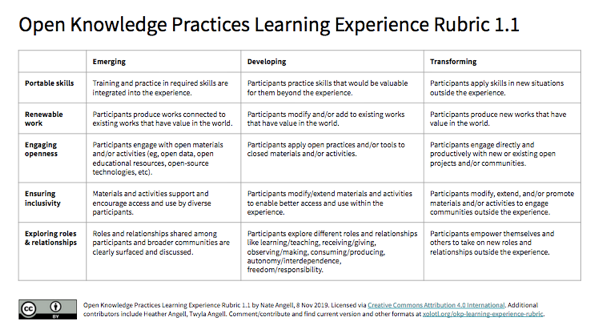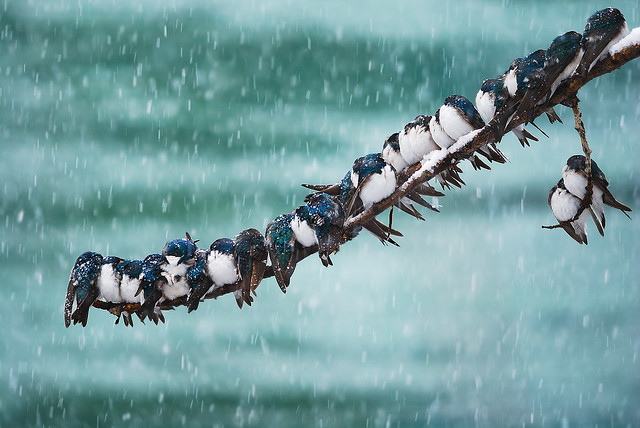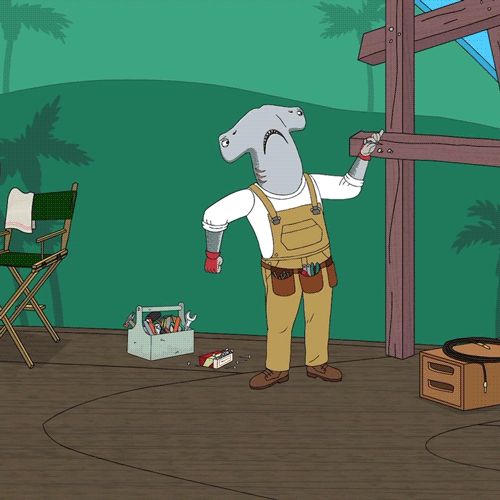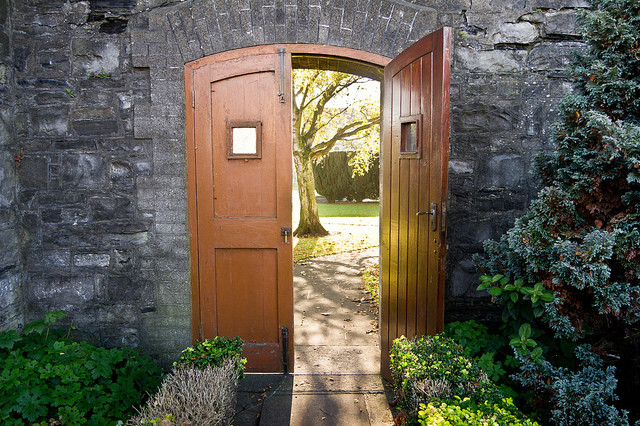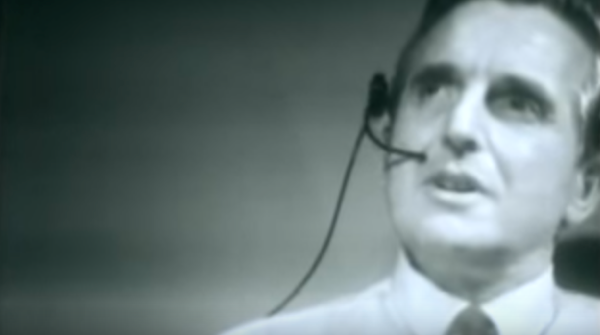As a part of the work I’ve been doing around opening knowledge practices generally, I’ve been thinking about how one might design open learning experiences that support multiple meanings of “open”: not just using open educational resources (OER), not just enabling open educational pedagogies (OEP), and not just offering wide access (like MOOCs), but all those meanings of open and more. To continue what is a long-standing conversation across the open community, I’ve tried to distill characteristics and levels of open into a rubric that one might use as a guide to designing and/or evaluating open learning experiences.
Annotation & EDU Trends
This post expands on a Twitter thread of mine that tried to lay out a concise argument that collaborative, digital, interoperable annotation can play a key role in the major strategies that higher education is using to meet the significant challenges it faces today.
Rant on PoMo
I’m posting a complete, slightly edited version of a 31-part Twitter thread I posted on 18 July 2019 so there’s a record of what I wrote in one place where people can read, comment on, and annotate it. I invite you to do all that below. I’ve edited it here slightly only in order to correct typos in the original, to expand abbreviations that were necessary just to make it fit in tweets, to add links for context, and to reduce somewhat the intensity of my ranty swearing (this is a family blog after all).
Everyone should take what follows recognizing its original genre: the late-night Twitter rant. It’s certainly not a great introduction to the complex ideas and bodies of work it references. It simplifies a lot of what I hope is my more nuanced thinking about these topics. Its rhetoric is a bit incendiary and could even feel insulting to you, the reader. I bet you are a better person than the imaginary audience of my original rant. Certainly the mini-argument I make at the end about why this flawed idea circulates in the USA is incomplete, and maybe even totally wrong. I do hope the rant can serve as an easy-to-digest argument against what I think is a common, but flawed idea about “postmodernism” and its role in shaping contemporary culture. And maybe we can add some depth to it through annotation and further conversation.
Karen Cangialosi: On Empowering Students to Open Knowledge Practices
I just attended Achieving the Dream’s first Teaching and Learning Summit in Minneapolis, Minnesota, USA. The Summit had four tracks, each focused on a specific domain of teaching and learning:
- Open Educational Resources: Beyond Cost
- Guided Pathways: Ensuring Students Are Learning
- Culturally Responsive Practices: Leveraging Knowledge for Equity
- Adaptive Courseware for Early Success
I participated in the adaptive courseware track — guided by participants from Every Learner Everywhere — where I collaborated with the good folks at Houston Community College and other community colleges in Florida, Ohio, and Texas that are adopting adaptive learning platforms to improve student success.
The buzz at plenary sessions and mealtimes convinced me that participants in every track were as deeply engaged in the practical details of transforming teaching and learning as we were in the adaptive learning track. We had an incredibly productive couple of days together, making connections across disciplines and geographies to see how we might implement adaptive learning tools for various courses. These adaptive tools promise to enable students to take personalized learning pathways for knowledge and comprehension — speeding past what they already know and identifying where they might focus — while also enabling teachers to spend more time on higher-level, active learning, helping students apply, analyze and synthesize concepts.
Enter Karen
After all that wide-ranging, hands on work, the highlight of the gathering for me was when participants from all four tracks came together for a closing, plenary keynote from Karen Cangialosi on open pedagogy. Karen gave us all a truly remarkable experience.
Opening Nouns & Verbs
The open education community I run with is filled with the kind of people who think words really matter. For a while now we’ve been debating what to call the things we care about and do: open practices, open resources, open pedagogy, open licensing, open this, open that. Our debate is hot enough to make some people turn away and others dig in. But when words matter this much it signals real tensions in beliefs, priorities, territories and relationships.
Mothering Digital
Today folks are gathered at the Computer History Museum in Mountain View, California to celebrate the 50th anniversary of the Mother of All Demos (“MOAD”). Held in 1968 in San Francisco’s Civic Auditorium, SRI’s Douglas Engelbart and others demonstrated networked computer systems they were developing, including the mouse, hypertext, and real-time collaborative editing. The MOAD has become a notorious event in computer and internet history, both presaging and shaping the digital technology environment we live in now.
